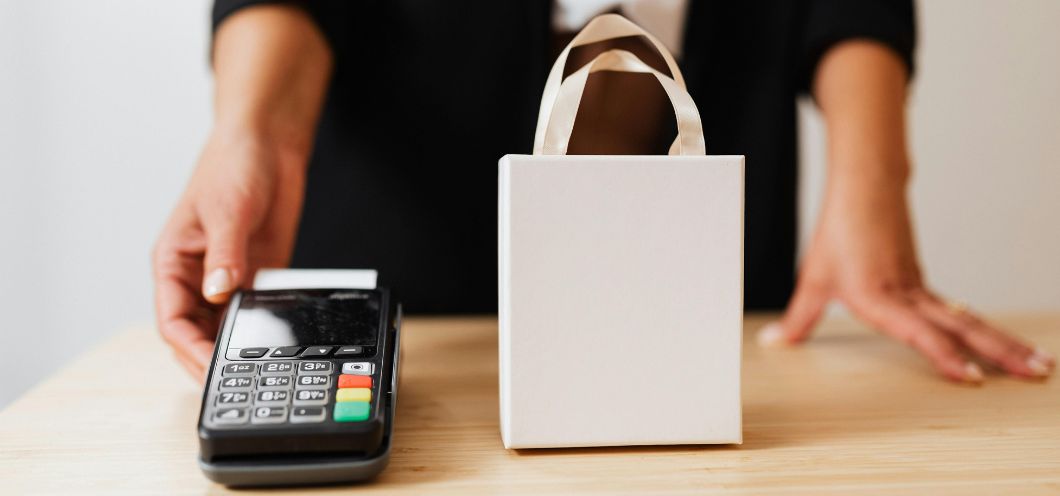- Rajshree Sharma
- 780
Retail’s frontlines have changed—and so have the expectations.
The floor, not the feed, is where customer loyalty is often won or lost. In today’s stores, the systems running behind the scenes aren’t just infrastructure—they’re increasingly the face of the brand.
When done well, store tech isn’t something shopper’s notice. It’s something they feel. Whether it’s the ease of getting help, the smoothness of checkout, or the layout that just makes sense—technology is guiding those moments.
Why Store Tech Now Is the Experience
Retailers have long used tech to optimize stock, track sales, and manage flow. That hasn’t changed—but the context has. What’s shifted is how directly that same tech shapes the customer journey.
Today, what used to be operational is now experiential.
- If checkout is clunky, it’s a reflection on the brand
- If help is hard to find, the frustration isn’t with the staff—it’s with the system
- If product discovery feels effortless, the store becomes a place to return to, not just pass through
These interactions aren’t side benefits. They’re the main event.
Five Ways Store Tech Drives Real Brand Impact
Here are the five ways how store tech drivers real brand impact –
1. It Makes Personalization Practical
The promise of relevance means little unless it’s felt in real time. Tech enables that—quietly shaping each customer’s experience around intent, not guesswork
2. It Sets the Tone Without Saying a Word
Speed and simplicity aren’t just functional—they send signals. The easier the journey, the more customers feel considered. That impression sticks longer than most signage
3. It Creates Moments That Matter
Screens, systems, and sensors don’t just support shopping. They influence emotion. A frictionless path through the store isn’t just convenient—it’s calming. It builds affinity without forcing it
4. It Frees Up People to Do What Tech Can’t
When tech handles what’s repeatable, people can handle what’s relational. The most powerful use of automation is often found in the conversations it makes possible
5. It Disappears When It’s Working
The best retail tech is quiet. It guides without interrupting, responds without reacting, and makes complex systems feel simple. That subtlety creates trust, even if the customer doesn’t know why
From Touchpoints to Infrastructure
Retailers don’t need more gimmicks. They need alignment. Store technology that feels invisible to the customer but intuitive to the staff creates consistency—the kind that builds long-term brand equity, not just short-term lift.
In this environment, the store becomes more than a channel. It becomes a canvas for experience. And the tools behind it? They’re not behind at all. They’re front and center, shaping every step of the customer journey.
Conclusion
Store tech isn’t something that adds to the brand experience—it defines it. The next wave of retail advantage won’t come from louder ads or larger assortments. It’ll come from smarter spaces, powered by systems that quietly deliver on what your brand promises.
Tags:
Customer ExperienceRetail InnovationRetail TechnologyAuthor - Rajshree Sharma
Rajshree Sharma is a content writer with a Master's in Media and Communication who believes words have the power to inform, engage, and inspire. She has experience in copywriting, blog writing, PR content, and editorial pieces, adapting her tone and style to suit diverse brand voices. With strong research skills and a thoughtful approach, Rajshree likes to create narratives that resonate authentically with their intended audience.
Popular Post





